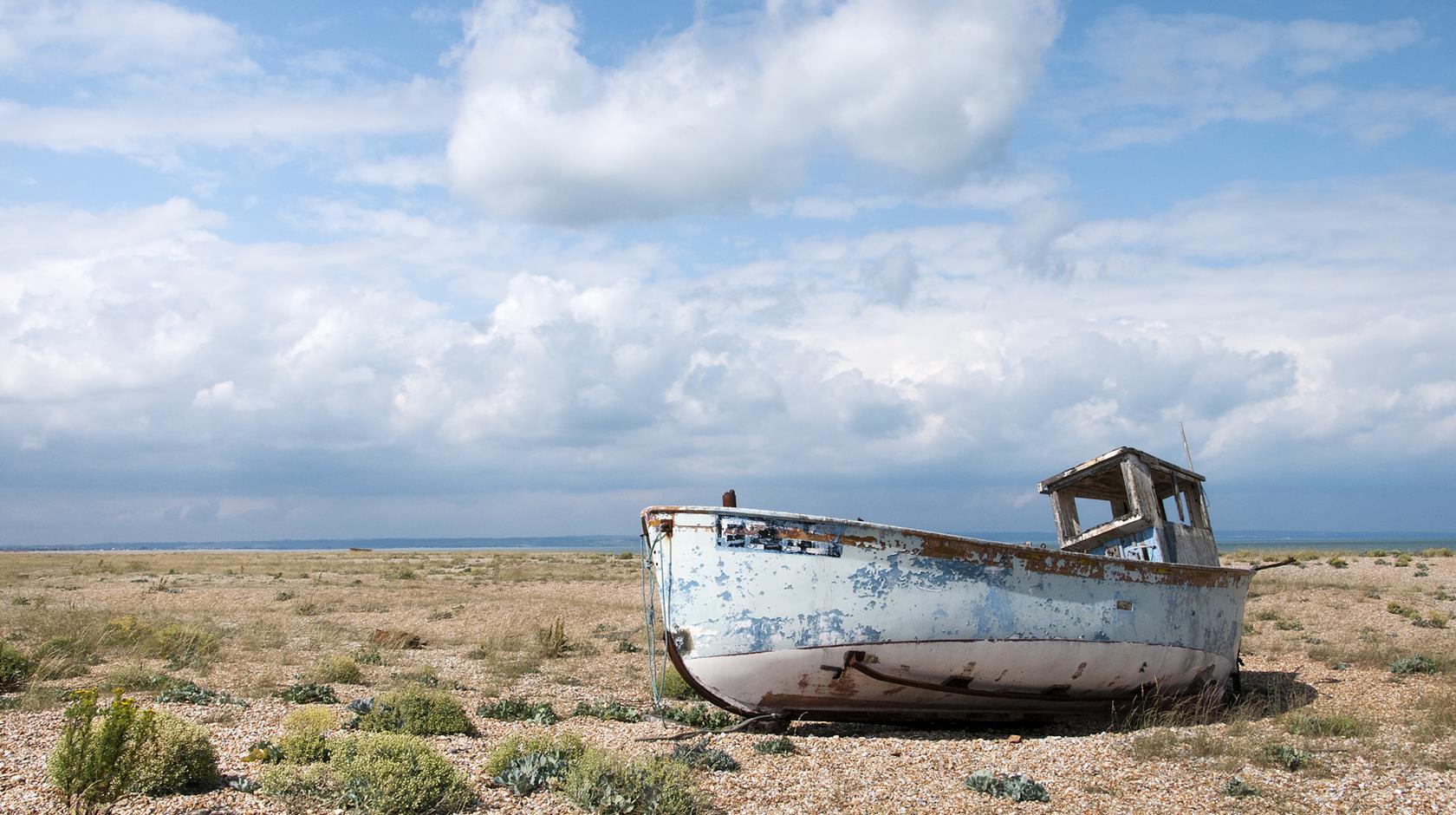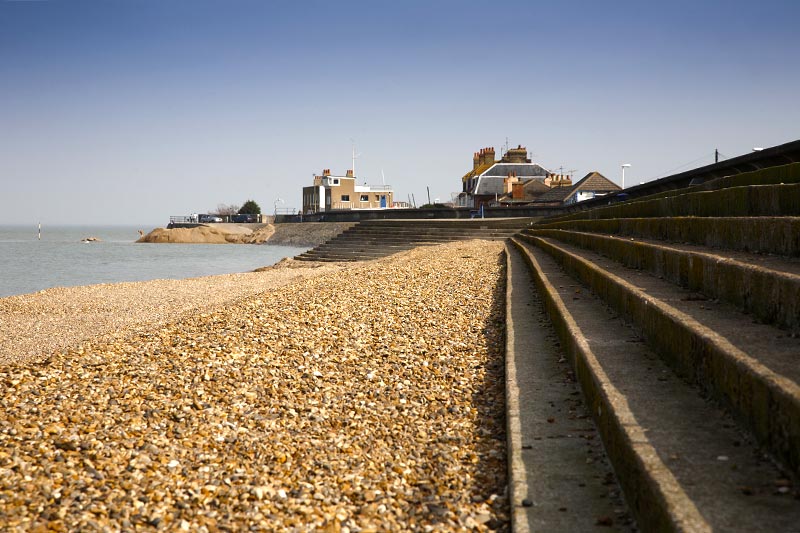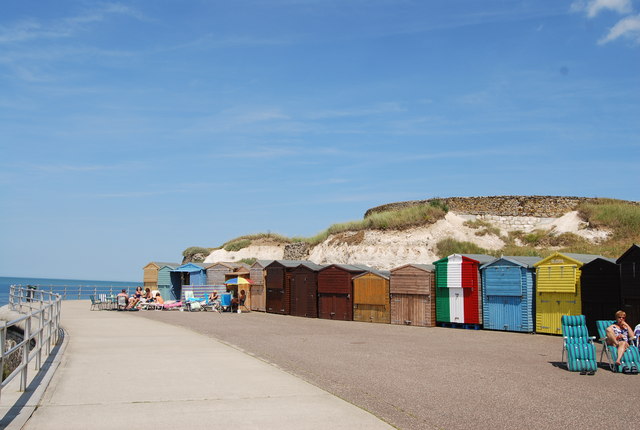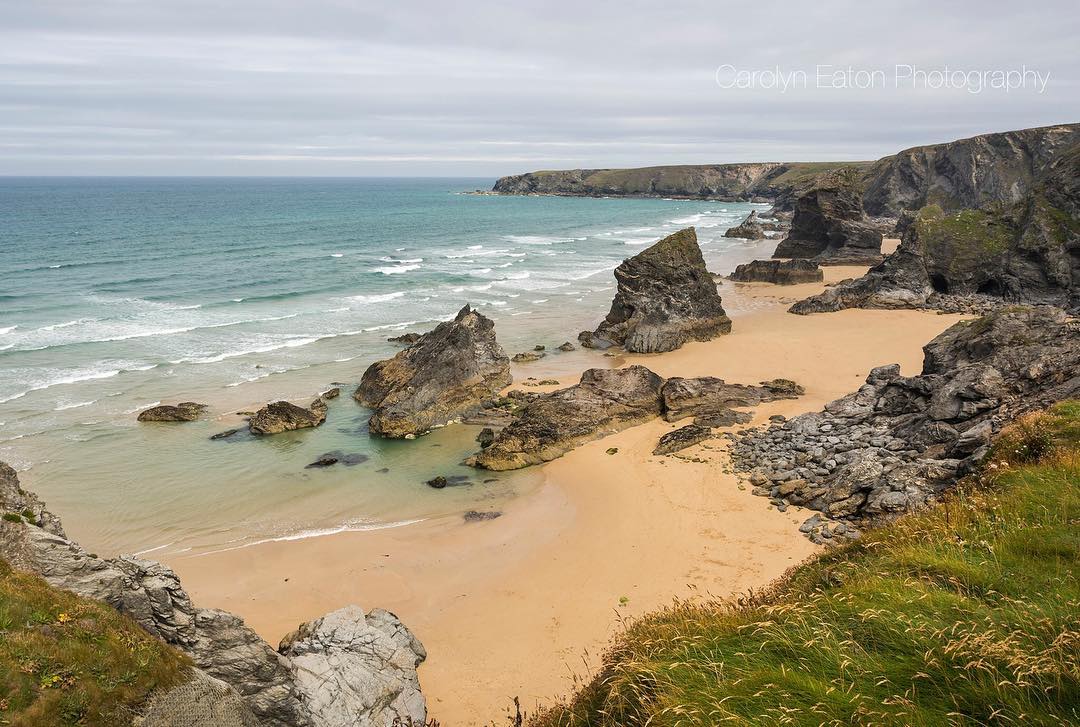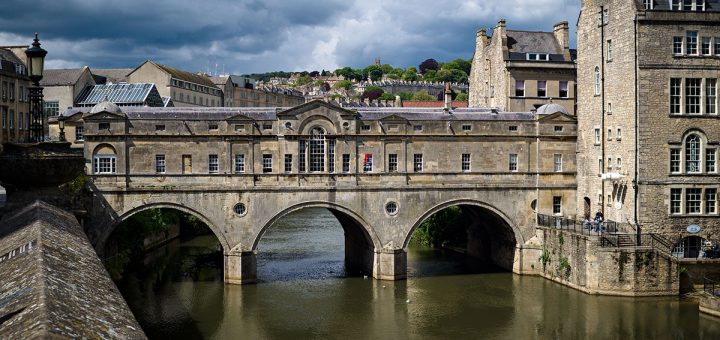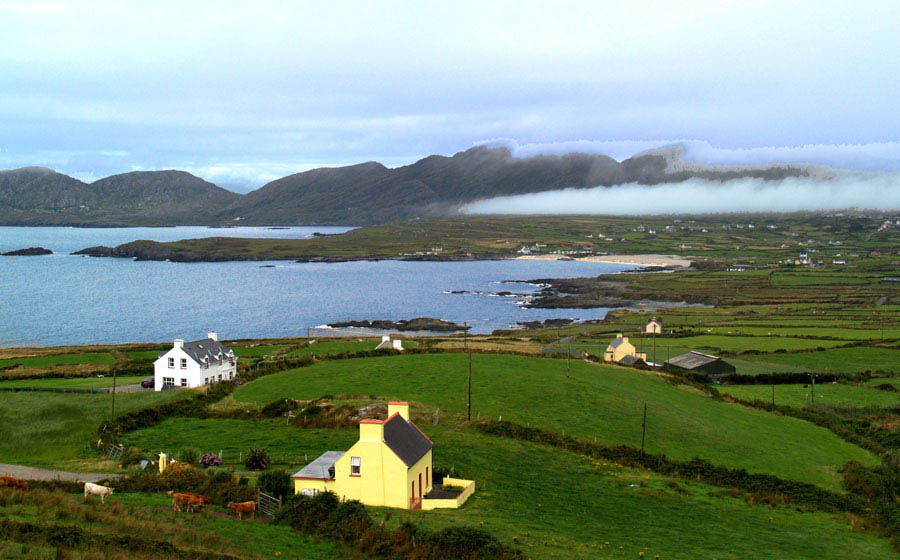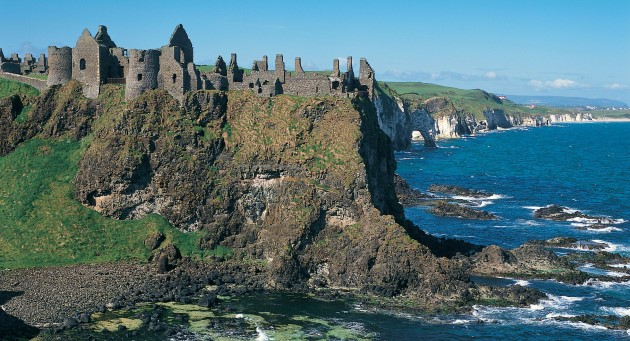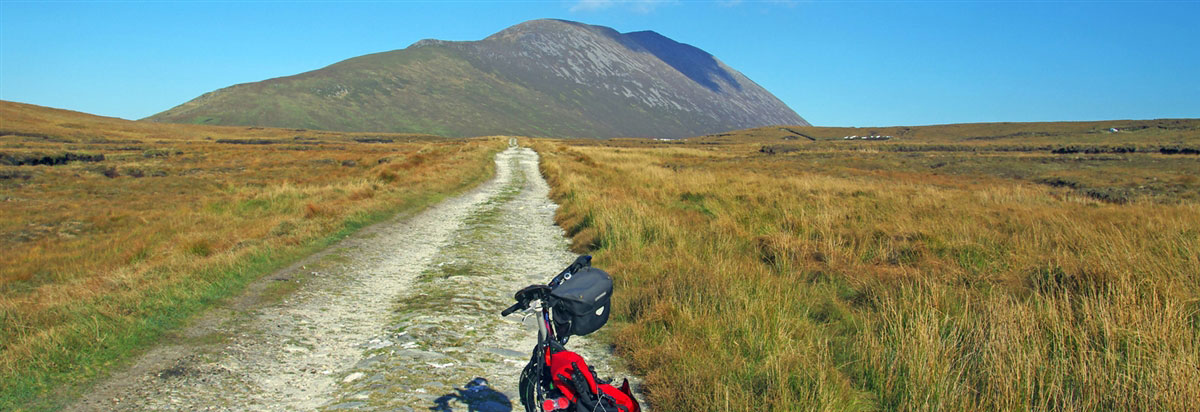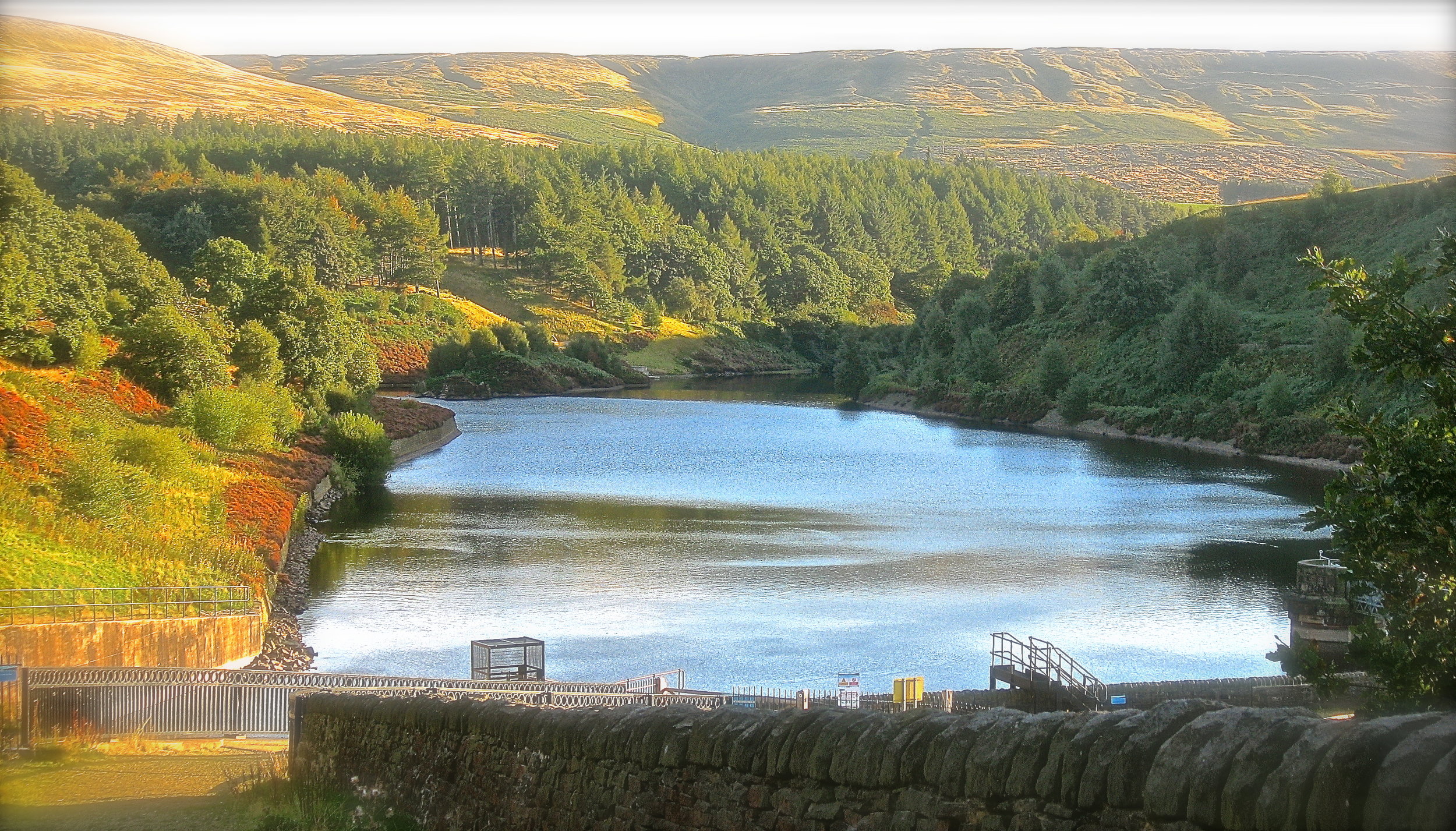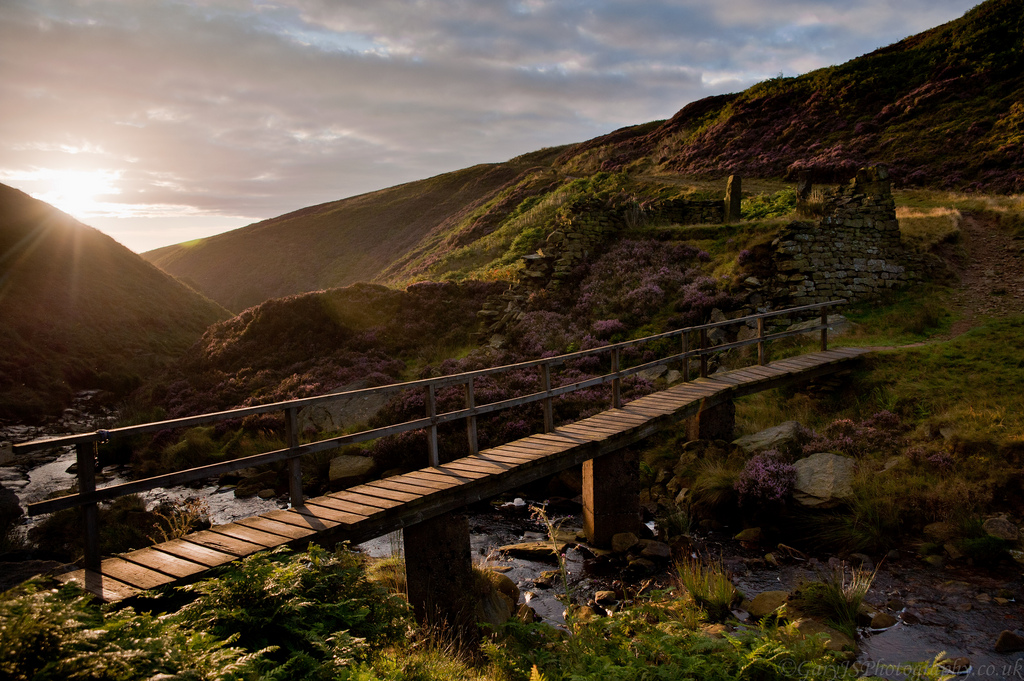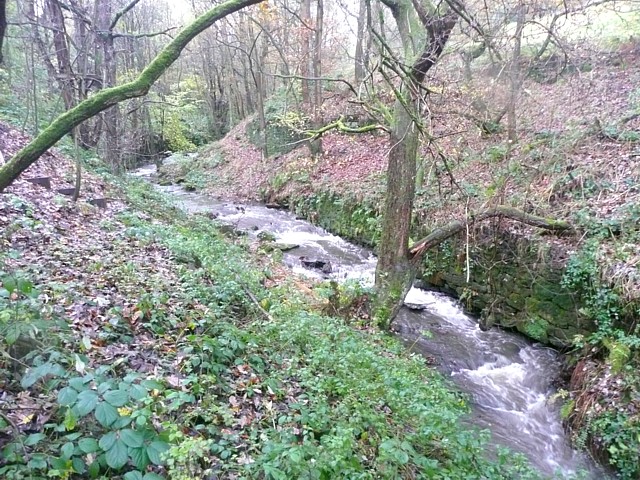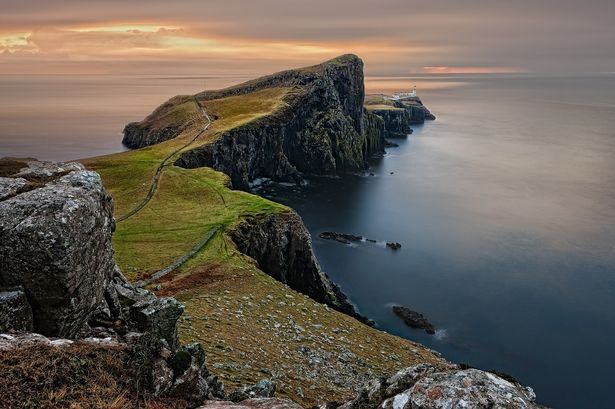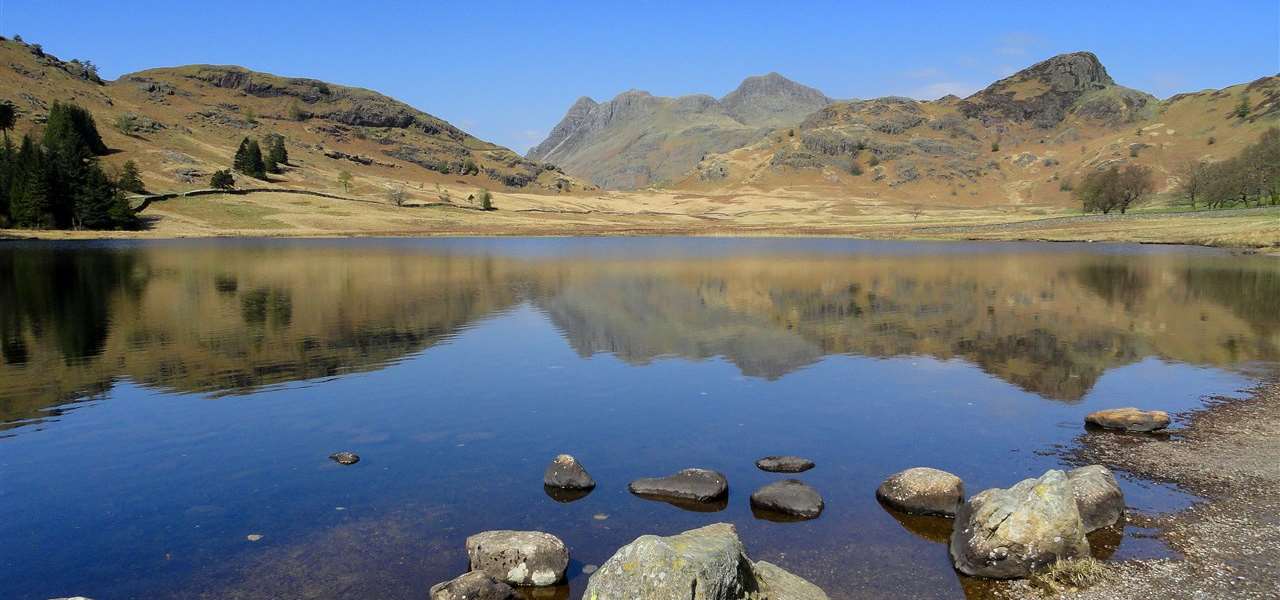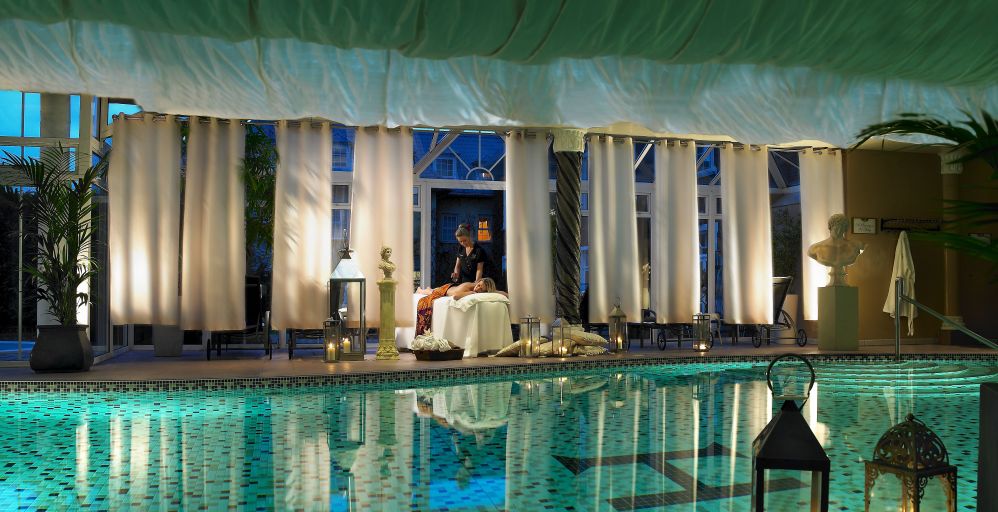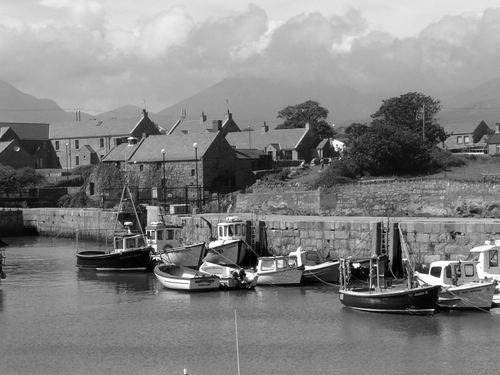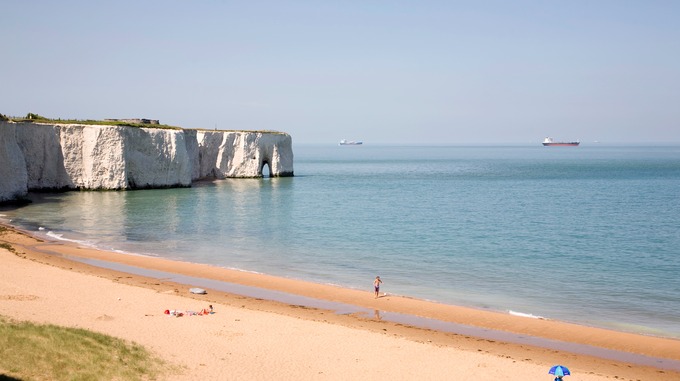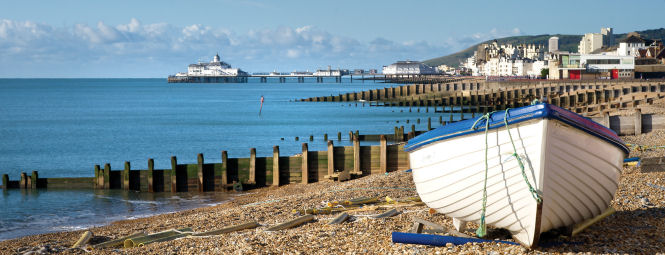 If you are looking for some new walking ideas and fancy something a little bit different we’ve found some quirky and interesting ideas spread out over Britain, that we hope might be of interest.
If you are looking for some new walking ideas and fancy something a little bit different we’ve found some quirky and interesting ideas spread out over Britain, that we hope might be of interest.
Walking doesn’t always have to be about climbing the highest hill or rambling through forests, sometimes we all fancy a change to keep things fresh and fun and there is absolutely no harm in that.
1.Glasgow School of Art walking tour
The Glasgow Miracle Tour takes you from the 1970’s to modern day looking at how artists, designers and architects have helped to shaped Glasgow and have contributed to its cultural regeneration.
The tour takes you through some of the city’s most amazing buildings, including the Charles Rennie Mackintosh building that was rebuilt after a fire four years ago. Definitely an unusual walk but also really very interesting and really quite educational.
2.Manchester’s Wonder Women 2018 Guided Tour
This year sees 100 years since women first gained the right to vote, and to celebrate this there a whole host of interesting things going on in Manchester, the birthplace of the suffragette movement back in 1903.
The Wonder Women Guided Tour will educate you in the lives of the many women who campaigned for equality over the last two centuries, with a special guided tour of the People’s History Museum.
3.Alice in Wonderland and Harry Potter tours, Oxford
These book related tours in Oxford are just perfect for all of the family, so if you’ve little ones in tow you won’t be disappointed.
Oxford was the birthplace of Alice in Wonderland and on this unusual walk (there wasn’t much normal about Wonderland let’s face it!) you’ll tour the same hallways and gardens that Alice once walked. See the door in the Cathedral that is said to be the very one Alice went in to Wonderland through, and after the tour head for Alice’s shop where you’ll find all manner of Alice related products.
Along the way you’ll also get to see all of the Oxford film locations for the Harry Potter movies and can imagine yourself being right there in the action.
- The 'kingdom' of Piel Island
Piel Island is a tiny little place quite like no other. Home to a castle, a couple of houses and of course a pub, this island lies half a mile off the southern tip of the Furness Peninsula in the administrative county of Cumbria, and can be reached by ferry.
The ‘king’ of Piel Island is the pub landlord due to old traditions that are still very much alive today.
Many people come to Piel Island and camp over for super cheap rates and a fabulous experience, quite like no other.
The island is very chilled, children can roam about freely, it’s lovely to walk around and see the old castle and of course end the day in the pub, perfect!
5.A History of Terror, Belfast
This award winning non-partisan, non-political walking tour in Belfast was set up by a resident to highlight the lost human stories of the troubles the city has seen.
The tour lasts for about two hours and you’ll see several of the attack sites that took place between 1971 and 1976. Because of the nature of this unusual walk it’s really more for adults and older children.
If you’ve a group who would like to go along they will certainly taylor tours to your requirements, often doing the same for schools and universities.
6.The End of The World, Foula
It is easy to see how Virgil, an ancient Roman poet, once called Foula the end of the world.
Foula Island is one of Britain’s most remote inhabited islands and lies within the Shetland islands in Scotland.
There are about 30 people living here who are mostly sheep and pony farmers, and as you can imagine there are some simply beautiful walks in this location.
Many people come specifically to see the amazing variety of birdlife including puffin, skuas, razorbills and gannets, but whilst walking the beautiful, rugged coastline do watch out for seals.
This wild, rugged and stunning island will fill you will calmness and peace and is certainly an unusual walk and one that you won’t ever forget.
7.Britain’s deadliest path
If you fancy an unusual walk that will also mean you taking your life into your own hands then be brave and head for Britain’s deadliest path in….Essex of all places!
There is a churchyard nearby where 66 people lie buried, all victims of the same killer, the footpath from Wakering Stairs, seemingly out to sea before making landfall again on the Foulness Island.
This route makes it way over the Maplin Sands mudflats on the northern banks of the Thames Estuary, once marked by twigs that have since washed away. If you make it it’s a beautiful experience that at times feels a little like walking on water, but the big problem is getting the tide timings wrong. Get caught short and the tide sweeps in far faster than you can run and has claimed many lives.
The risk of encountering ‘unexploded ordnance’ from Ministry of Defence activities on Foulness Island if you stray too far from the Broomway route, adds an extra excitment to this walk.
If you do decide to give this route a go then please always use a local guide who knows the area well and will guide you safely there and back.



